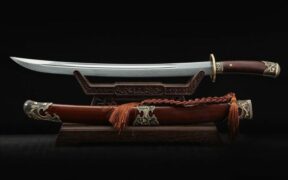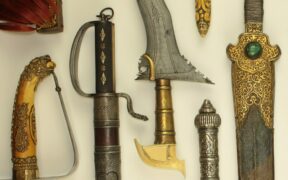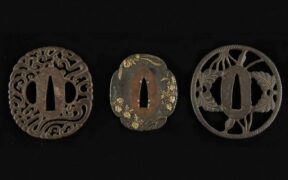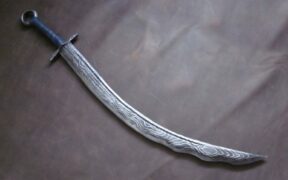Our content features commercial links to our products, committed to transparent, unbiased, and informed editorial recommendations. Learn More
Sakabato: A Collector’s Guide on Reverse Blade Sword
NO AI USED This Article has been written and edited by our team with no help of the AI
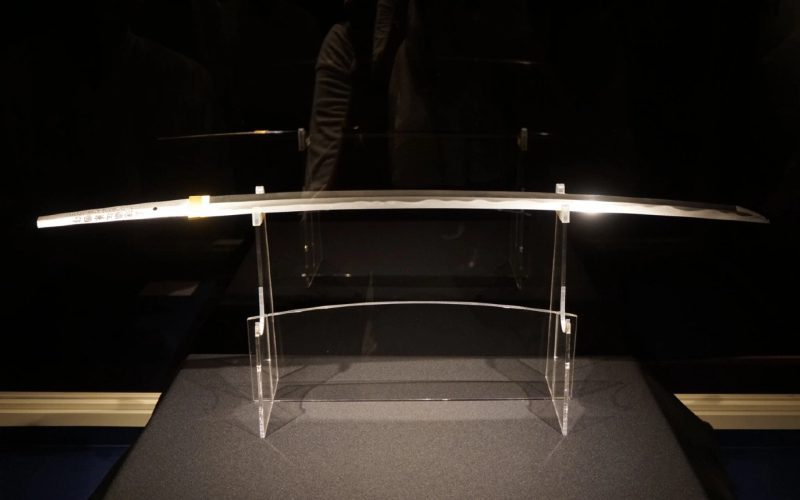
The Japanese katana
Let’s explore what sets the anime
Characteristics of the Sakabato Sword
Many contemporary bladesmiths craft high-quality sakabato comparable to the Japanese katana
Type of Metal
Traditional swordsmiths craft samurai swords from tamahagane, a type of high carbon steel created from the tatara furnace in Japan. No wonder some sakabato replicas also feature carbon steel blades such as 1095, which is one of the best quality blades on the market.
Some contemporary bladesmiths also utilize damascus steel and tungsten-based t10 steel in crafting the blade. Since the sakabato is not a martial arts weapon, you can also find it in stainless steel, making the
Quality of Blade
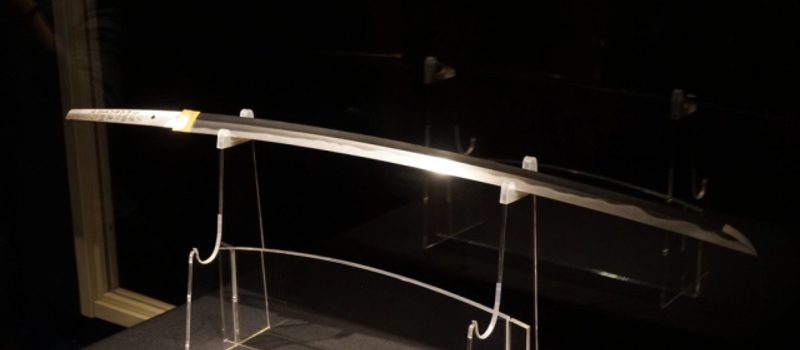
Japanese samurai swords are known for their curved blades, making them efficient slashing weapons. Unlike the katana, the sakabato features a cutting edge on the inward curve facing the owner and its blunt side on the outward curve facing the opponent. Hence, it is called the reverse-blade
Most collectors prefer sakabato with a razor-sharp blade, which gives a different realm of experience. Even if it is not a training
Size and Length
Since the sakabato based its construction on the samurai katana
Sword Mounting
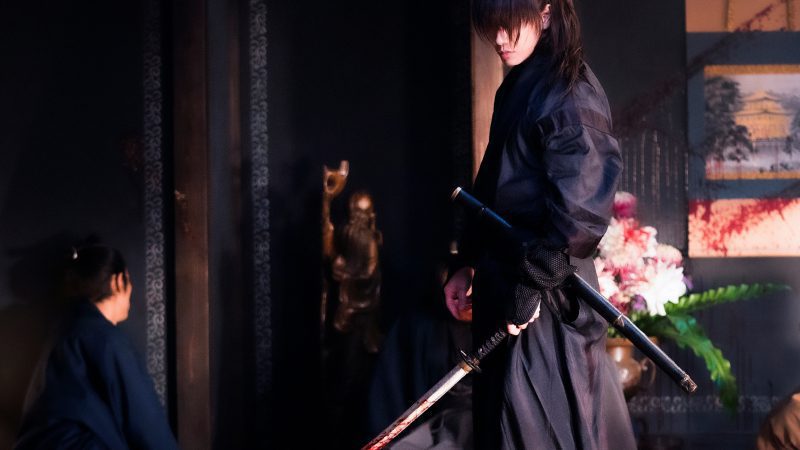
Japanese swords often come in shirasaya, a simple wooden saya or scabbard; or koshirae with elaborate ornaments. Inspired by Rurouni Kenshin’s reverse blade
For tameshigiri use, you may consider battle-ready swords with full-tang blades, so the hilt and blade won’t easily break apart. For cosplay use, a full-tang sakabato makes a durable
The Sakabato in Pop Culture
Japanese graphic novels or manga and anime TV series popularized several fictional swords, which now capture the interest of both anime fans and
In Manga and Anime Series
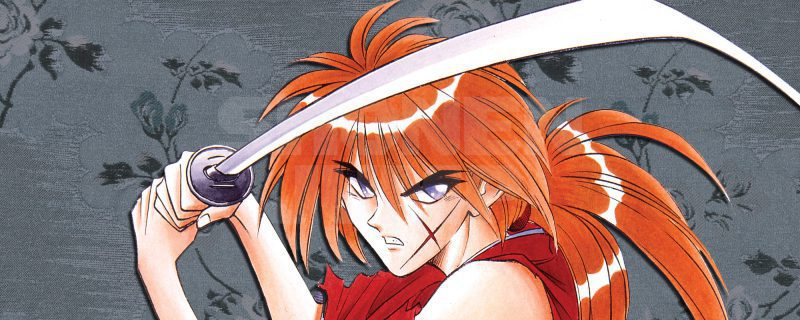
The original Rurouni Kenshin manga rose in popularity in 1994. Later, it became one of the best anime TV series of the same name, sometimes known as Samurai X. In the story, master swordsmith Arai Shakku forged the sakabato to honor the peace the Meiji era would bring.
The main character Himura Kenshin was a former assassin but vowed not to kill again. So, he used the reverse-bladed sakabato to defeat his enemies without killing them. To atone for his bloody past, he wandered the countryside and offered protection to those who needed it.
In Film Series and Cosplay
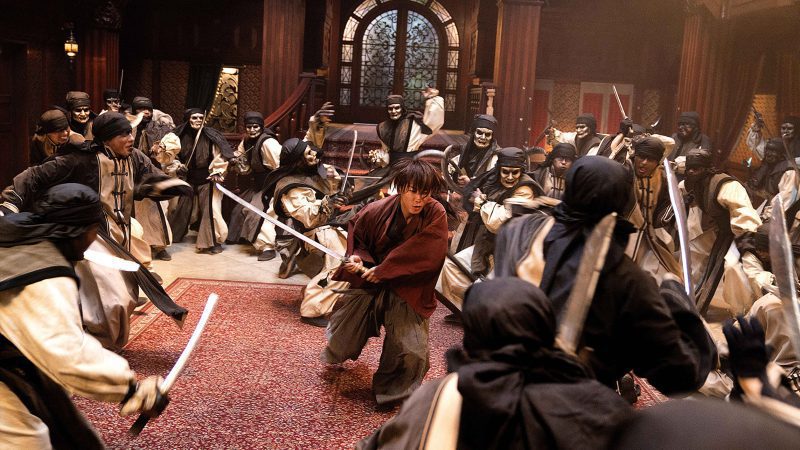
Set in the historical period of Japan, Rurouni Kenshin and the legendary sakabato remain relevant up to our times. In fact, the recently released The Beginning film has been popular in Southeast Asia. No wonder, Kenshin and his reverse blade katana have shown remarkable longevity even in theater performances and cosplay today.
History of the Reverse Bladed Sword
There is no record of the sakabato in Japanese history, but similar real-life versions of a reversed blade
The Reverse-Edged Kogatana
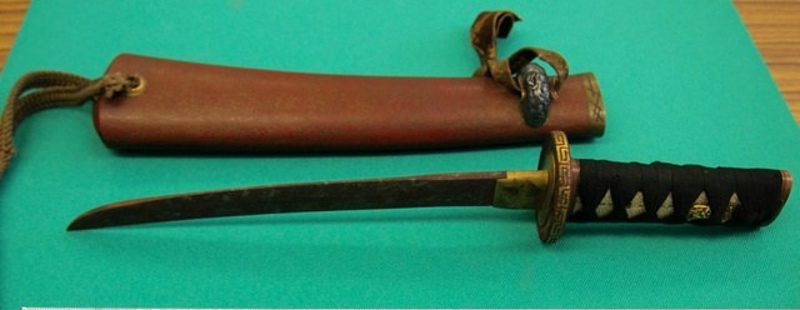
In 2013, a small utility knife called kogatana was found in an old cellar of Shiroi City in Japan’s Chiba Prefecture. Like the fictional sakabato, the said kogatana features a reverse blade, in which the outside curve is blunt while the inside is sharp. It has an overall length of around 27 centimeters, and its blade measures about 21 centimeters long.
Since the storage cellar dates from the Edo period, from 1603 to 1867, the reverse-edged kogatana is likely just as old. Covered by rust, the dragon engravings remain noticeable. Japanese history had no known records of a reverse-blade
The Kubikiri Tanto Dagger
There was also a Japanese tanto dagger named kubikiri with a reverse blade. However, it did not feature a point, so it was likely not designed for offensive use. Today, collectors can now find contemporary swords with reverse blades, as bladesmiths strive to make the legendary sakabato a real-life
Contemporary Kenshin’s Sakabato
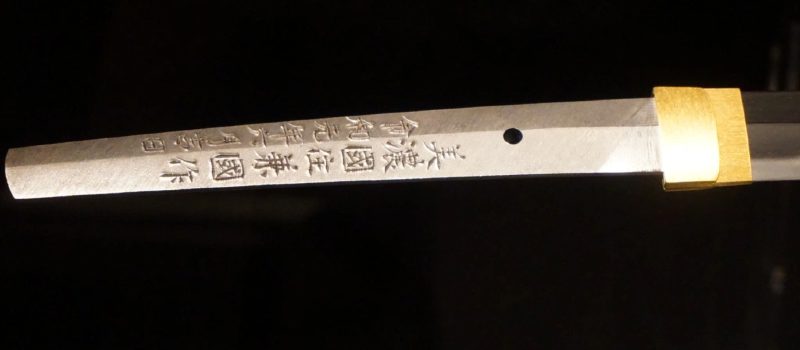
Swordsmith Kanekuni Ogawa crafted Kenshin’s sakabato, providing the first real-life version of the legendary
Like traditional Japanese swords, it features a natural hamon, which appears along the cutting edge on the inner curve of the blade. On the
Conclusion
Anime popularized several fictional swords, and the Rurouni Kenshin’s reverse blade katana remains one of the most popular in the world. The sakabato reminds us not only of the heroic story of Kenshin but also of the history and art of
